What is MIPS in helmets? And why it matters when choosing a mountain bike helmet
A lot of what makes a helmet safe is how it is padded inside. We look at the latest slip-plane technology used by helmet manufacturers
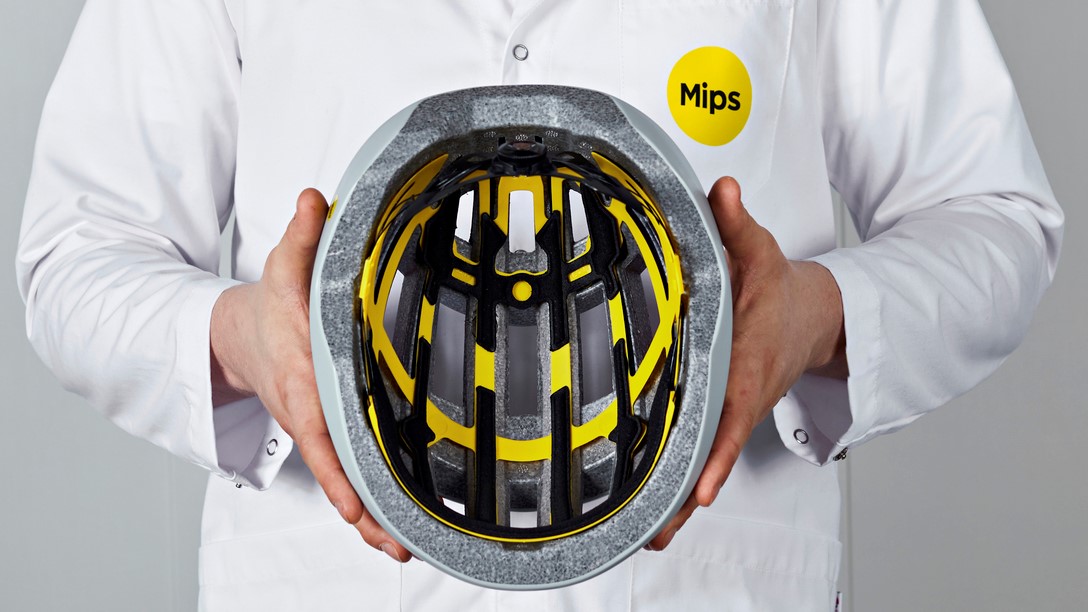
The best mountain bike helmets might be available in a dazzling array of colors, but they aren’t a fashion accessory. Although the helmet sits with comfortable latency for most of its riding life, when you need it to work the functionality is often a question of life and death.
For many riders, appearance is paramount. When considering a new helmet, the initial selection might be significantly influenced by color and shape. A logical next step is to try it on and feel if the padding is comfortable and securing clips intuitive to use.
Beyond the tactile experience when looking and trying on helmets at a bike shop, riders will pour over data, to guide their decision.
How much does it weigh? How many vent ports are there for cooling? Can I save more watts with reduced aerodynamic drag by choosing this helmet over another? Does it have an action camera mount?
Despite the strong purchase impulse that helmet styling and color triggers, the most important design features are often accidentally ignored.
Core helmet safety pivots on a principle of energy dissipation. Once you have lost control of your bike, the helmet’s function is to reduce injury during impact. It is your last line of defense when things go awry on a ride and you separate from the bike, or it loses all stability and crashes with you desperately hanging onto the handlebars as a passenger.
- Best mountain bike helmets: the best MTB helmets from XC, trail to enduro
- Best XC helmets: cross-country and marathon helmets to give the racing advantage
- Best half-shell mountain bike helmets: open face helmets for trail and enduro riding
- Best full-face mountain bike helmets: ultimate head protection for serious gravity riding

Moving beyond foam impact technology
For decades, the best mountain bike helmets simply used different foam densities to absorb energy in an impact. It is important to remember that any helmet is a single-use piece of crash safety equipment. Once it has saved you, it should be retired and replaced.
Some crashes might meaningfully deform your helmet’s structure, making it obviously unusable. But the fact that a helmet might only trace a few cosmetic scratches after a big crash, doesn’t mean it is okay to use anymore.
The structural design of a helmet has remained remarkably stable over the years. Expanded polystyrene foam (EPS) is still the material of choice, delivering low mass and credible impact energy dissipation. But there has been a notable safety technology trend, with cycling helmets over the last decade.
If you are helmet shopping you’ll almost certainly encounter the MIPS acronym, which reads out as Multi-directional Impact Protection System. The work of Swedish neurologists, MIPS has changed the way helmet designers think about impact safety and rider concussions.
Although blunt-force trauma is what most cyclists worry about when imagining an accident where their helmet is called into use, concussions are the ghosting injury. You can crash and suffer no immediate surface bleeding, scarring or external swelling of the head but the concussive damage to your brain could be significant.
The biomechanics that makes MIPS important, is all about rotational impact and slip planes. Those Swedish medical researchers who created and matured the MIPS technology analyzed a great deal of source data and found that riders often impact the terrain surface at an awkward angle.
Instances of going over the bars and landing directly on your helmet, in an inverted position, are exceedingly rare. And this made medical engineers at MIPS think differently about helmet crash dynamics.
In mountain biking, with its narrow singletrack trails with roots, rocks and all manner of other natural features frame your route, the complexity of crashing is massive. As is the likelihood of coming off your bike, at a weird angle, where forces come into play.
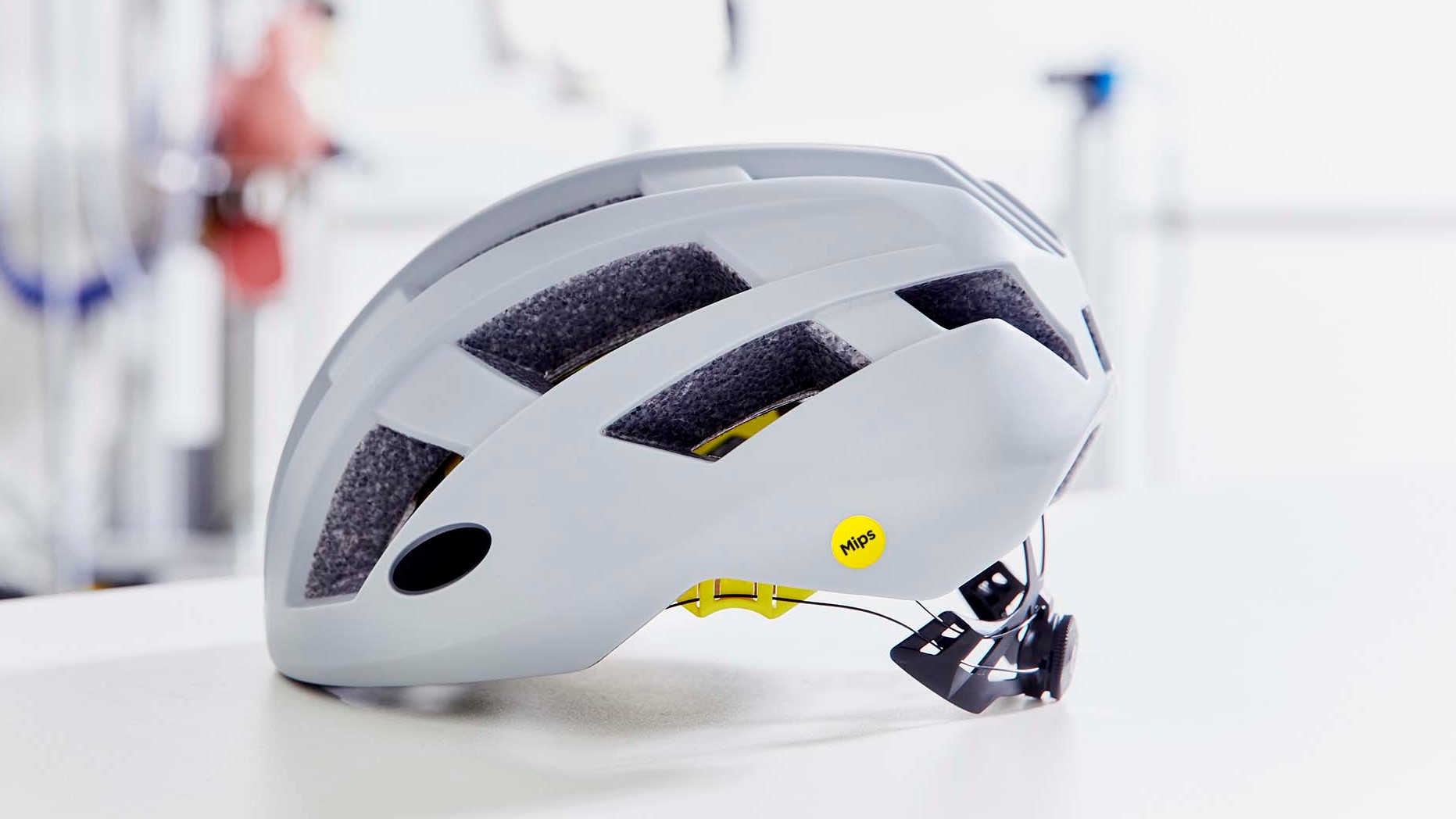
- Helmets are good but can they be safer?
- Best MIPS mountain bike helmets: protection where you need it most
Slowing down the impact on your brain
A significant number of mountain bike crashes see the helmet impacting terrain at an angle. This applies a short but sharp rotational force to the head, which can overwhelm the brain’s natural fluid defenses and stability in your skull. The result is a possible crash with no blood or evident helmet damage, but notable brain trauma.
When you turn a MIPS equipped helmet over, you’ll see the slip-plane liner inside. What it does, is create an approximate 10-15mm rotational deflection effect. As your helmet starts rotating upon an angular impact, the MIPS liner acts as a slip plane, reducing the amount of rotational acceleration applied to your head, and by implication, the brain.
When your brain is exposed to a sudden rotational acceleration of the skull, there is a risk of brain tissue tearing, which can manifest as hematoma, edema and deep concussion. The brain has a natural defense against sudden rotational forces applied to the head, thanks to the body’s cerebrospinal fluid. MIPS is effectively a mechanical mimicking of cerebrospinal fluid.
The MIPS system has triggered a surge in development from other brands too. Trek’s accessories brand, Bontrager, offers its own interpretation of safety tech that goes beyond traditional EPS foam.
Scrutinize the latest premium helmets from Bontrager and you’ll notice a green hexagon-type inner structure, which is the brand’s WaveCel development. Unlike a MIPS slip-plane liner, WaveCel is an interconnected series of energy dissipating creases, which help to absorb and displace crash impact energy.
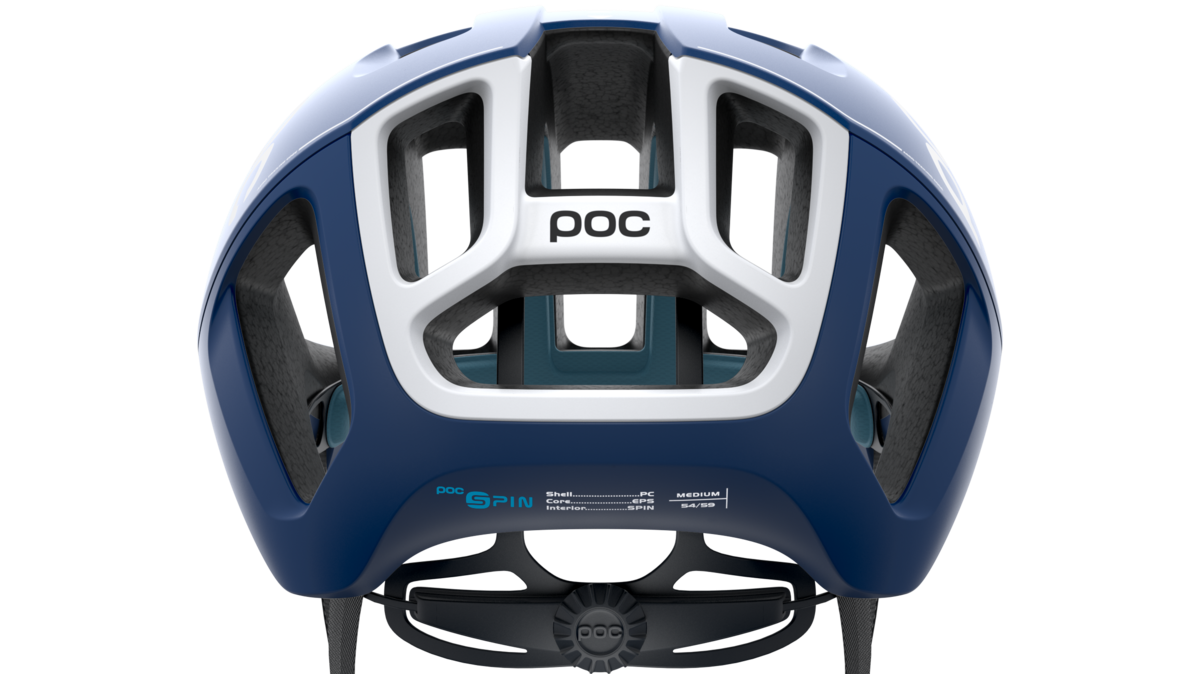
Silicone padding as a solution
POC is yet another Swedish safety brand, started by medical professionals. Its innovation in the realm of cycling helmets is SPIN.
Industrial designers at POC have added an assortment of silicone pads to its SPIN-equipped helmets, which dissipate rotational energy upon impact. The benefit of POC’s SPIN system is that it doesn’t suffocate ventilation.
As we mentioned earlier, a helmet’s core safety features, such as its slip-plane technology, only function for a second or two. All those hours when it is worn as a riding accessory, you need to be comfortable – and quality ventilation is never to be underestimated.
This is especially important for mountain bikers, who might find themselves climbing long gradients, at a very low speed, generating minimal airflow.
Mountain bike helmets, especially the trail and enduro variants, have additional structures to provide more protection, which can make them feel warmer. This is why a slip-plane liner for any off-road cycling application, must be designed with particular attention to not impeding airflow.
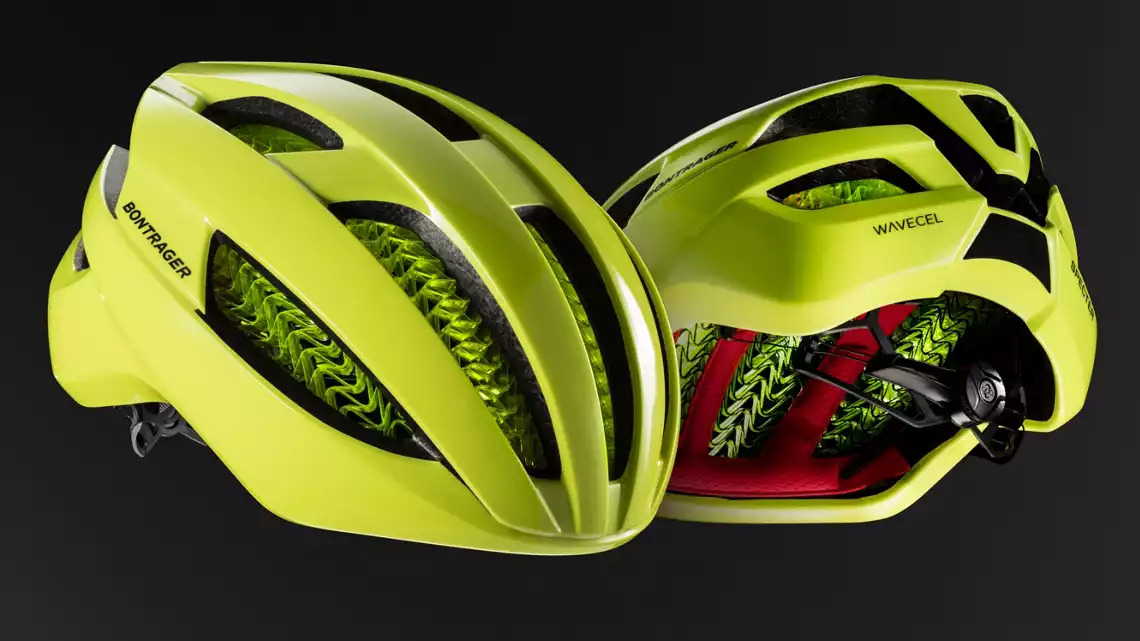
You can never be safe enough
Despite Bontrager’s WaveCel having the appearance of blocking most vent ports, the angle of all those pleats and creases that make up its structure, transmit relatively good airflow.
Of all the slip-plane technologies, MIPS remains the original and most licensed, with many of the largest cycling bands using the Swedish safety innovation in their helmets.
Should a slip plane be your priority when considering that new helmet? As with all things safety-related, you can’t quantify its value, until it's too late – and you have already crashed.
Many mountain bike crashes, happen at low speed, when riders stall on technical features, and then slowly tip over before tumbling. This exposes them to exactly the kind of rotational terrain impacts, that MIPS and other slip-plane technologies were engineered to work against.
For a small additional cost, you can be safer, without any compromised riding comfort. A slip-plane-equipped helmet is kinder on your brain when you suffer that clumsy or traumatic dismount. Can you really put a price on that?
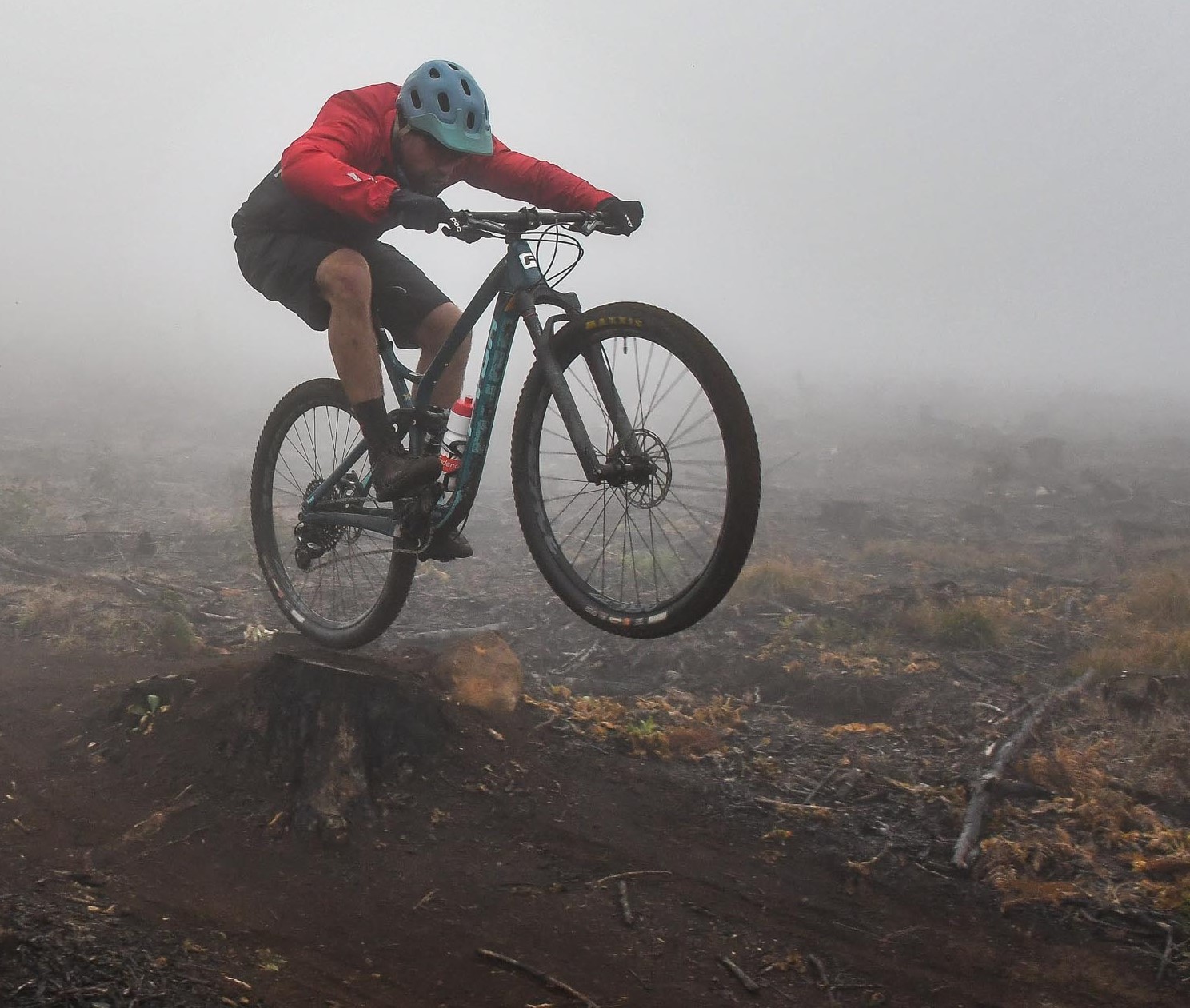
Lance Branquinho is a Namibian-born journalist who graduated to mountain biking after injuries curtailed his trail running. He has a weakness for British steel hardtails, especially those which only run a single gear. As well as Bike Perfect, Lance has written for MBR.com, Off-Road.cc and Cycling News.
